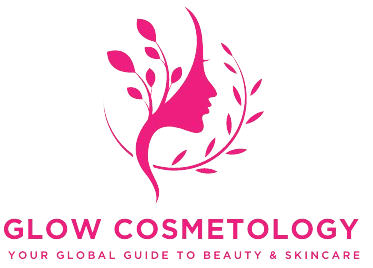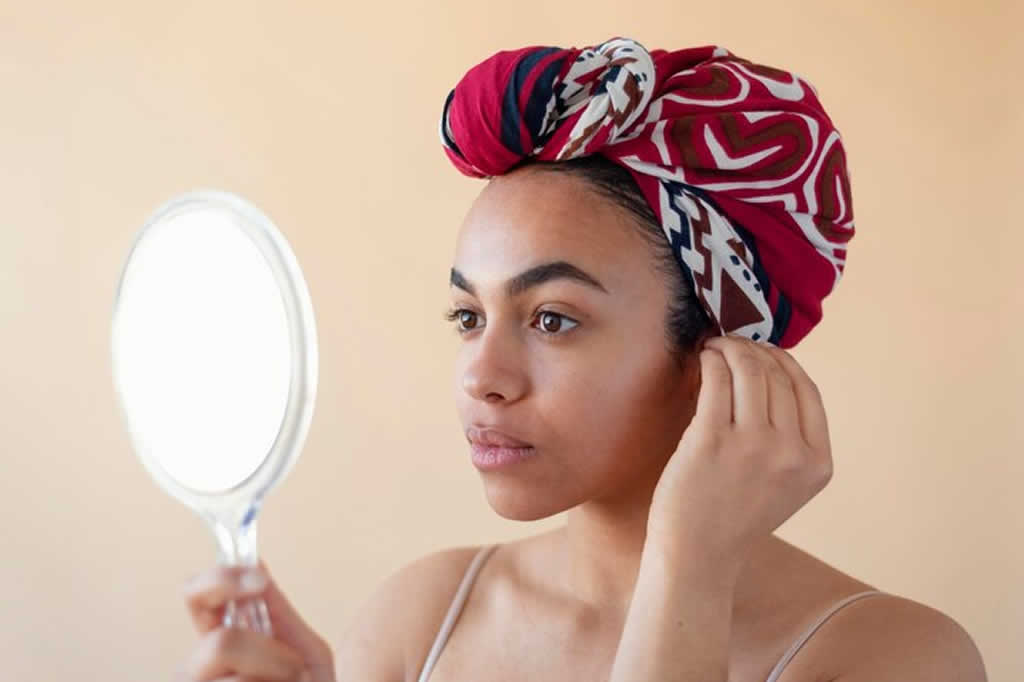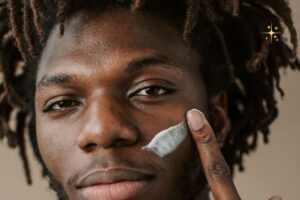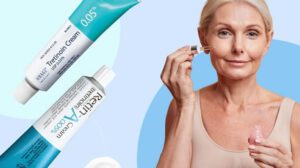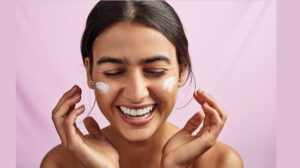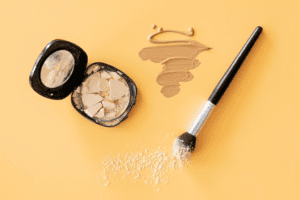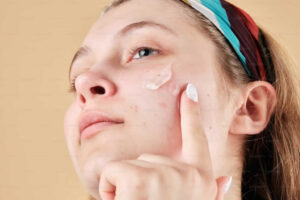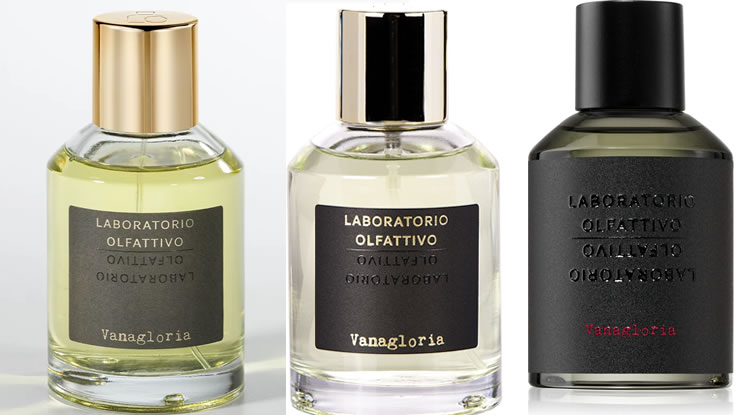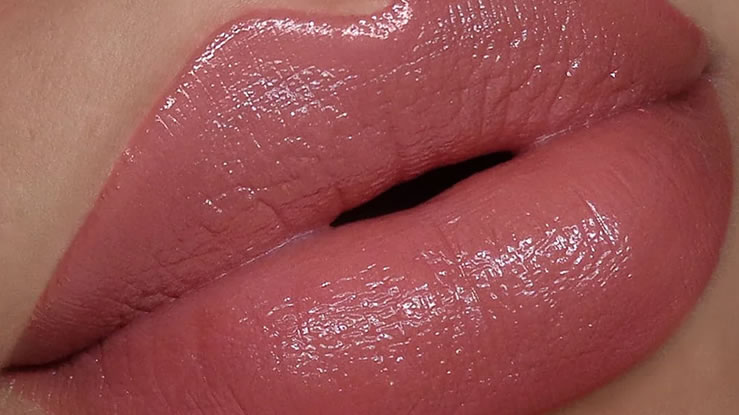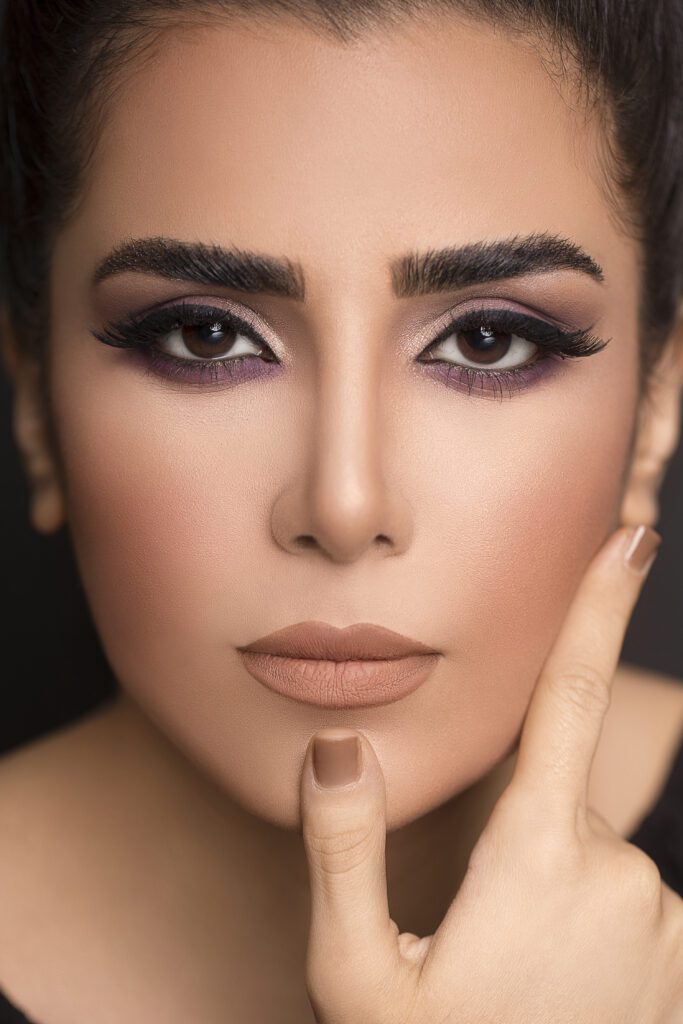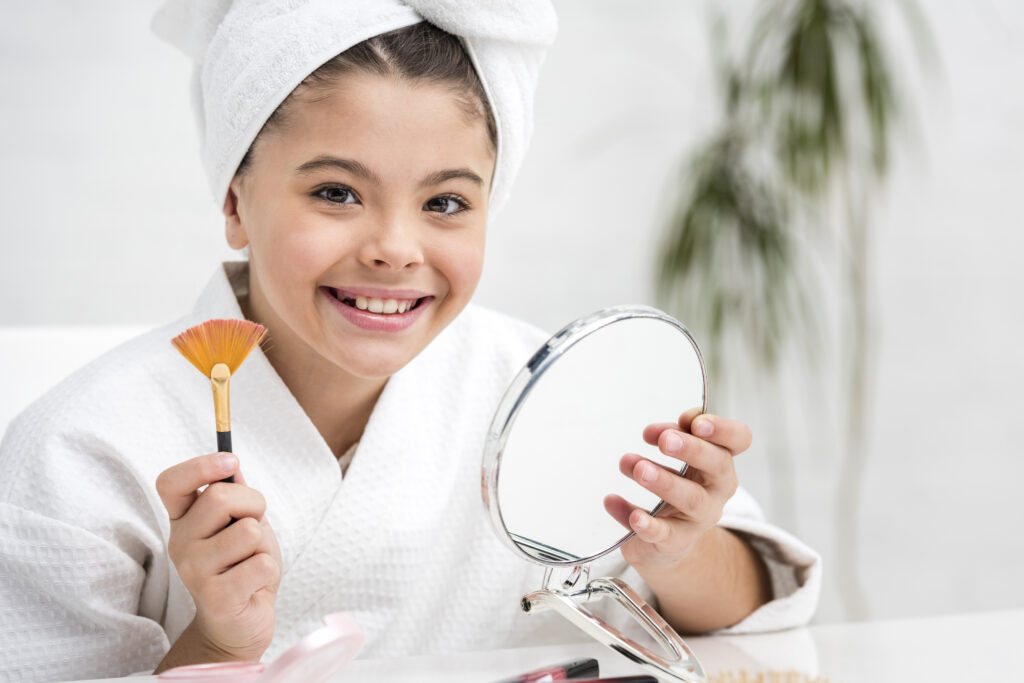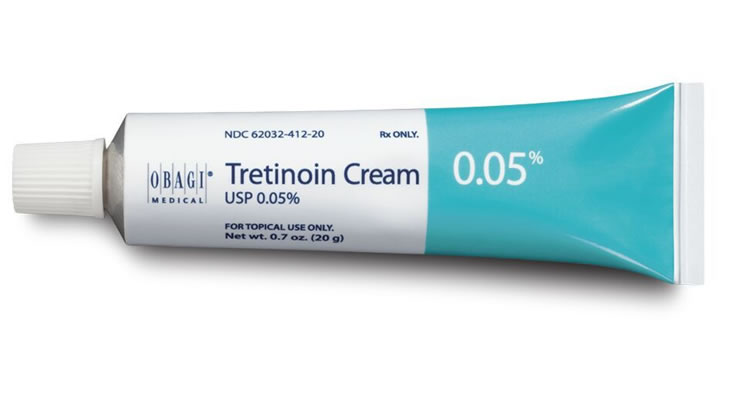When faced with a sudden rash, it can be tempting to cover it up with makeup, especially for important events or outings. However, there are important considerations when it comes to applying makeup on irritated or inflamed skin.
In this article, we’ll explore if it’s safe to cover a rash with makeup, the best techniques to do so, and how to care for your skin in the process.
Is It Safe to Cover a Rash with Makeup?
The short answer is: it depends on the type of rash and the makeup you use.
Certain types of rashes, such as those caused by allergic reactions, eczema, or dermatitis, indicate that your skin is sensitive and inflamed. Applying makeup, especially products that contain harsh chemicals, fragrances, or irritants, may aggravate the condition further.
Situations Where Makeup Might Be Okay:
- Mild Irritation or Redness: If the rash is minor and not painful or weeping, you can use non-comedogenic, hypoallergenic makeup to reduce the appearance of redness or blemishes.
- Healing Rashes: If the rash is in the healing stage, using soothing makeup products formulated for sensitive skin may be safe. However, it’s important to avoid products that could block pores or irritate healing skin.
When to Avoid Makeup:
- Severe or Open Rashes: Avoid applying makeup on broken or oozing skin, as it can introduce bacteria and worsen the condition.
- Infectious Rashes: If the rash is caused by a bacterial or fungal infection, avoid makeup as it can spread the infection or prevent healing.
How to Safely Cover a Rash with Makeup
If you decide to cover your rash with makeup, follow these tips to avoid further irritation:
Start with a Clean, Hydrated Base
Before applying makeup, clean your face gently with a mild, fragrance-free cleanser. Apply a moisturizer suitable for sensitive skin to create a protective barrier between your skin and the makeup.
Use a Green-Tinted Primer
Green-tinted primers can help neutralize redness caused by a rash. This is a great base to reduce the need for heavy layers of foundation.
Choose Hypoallergenic, Non-Comedogenic Makeup
Opt for makeup labeled as hypoallergenic, non-comedogenic, and fragrance-free. These products are less likely to cause further irritation. Look for brands that specialize in sensitive skin, such as Clinique, BareMinerals, or Neutrogena.
Avoid Full-Coverage Foundation
While it may be tempting to use a thick foundation to cover the rash, this can suffocate the skin and cause more irritation. Instead, use a lightweight, buildable foundation or tinted moisturizer.
Spot Conceal
For more noticeable areas, use a gentle, full-coverage concealer, applying it only to the rash. Be sure to use a clean brush or sponge to avoid introducing bacteria to the irritated skin.
Set with a Non-Irritating Powder
If needed, use a translucent, talc-free setting powder to lock in the makeup without clogging pores. Avoid powders with shimmer or fragrances, as these can irritate the skin.
Caring for Skin After Makeup Removal
After wearing makeup on a rash, it’s crucial to gently remove it without causing further irritation. Use a fragrance-free micellar water or a sensitive skin cleansing balm to remove makeup without stripping your skin.
Follow up with a soothing moisturizer or serum containing ingredients like aloe vera, ceramides, or niacinamide to help repair the skin barrier and reduce inflammation.
When to Seek Medical Advice
If your rash persists or worsens despite your efforts, it’s important to consult a dermatologist. They can help determine the cause of the rash and recommend treatments to soothe the skin without exacerbating the condition.
Can You Cover a Rash with Makeup?
Yes, you can cover a rash with makeup, but it requires special care and attention. Choosing the right products for sensitive skin and using gentle techniques will help minimize irritation while providing some coverage. Always prioritize your skin’s health over aesthetics, and when in doubt, consult with a professional.
